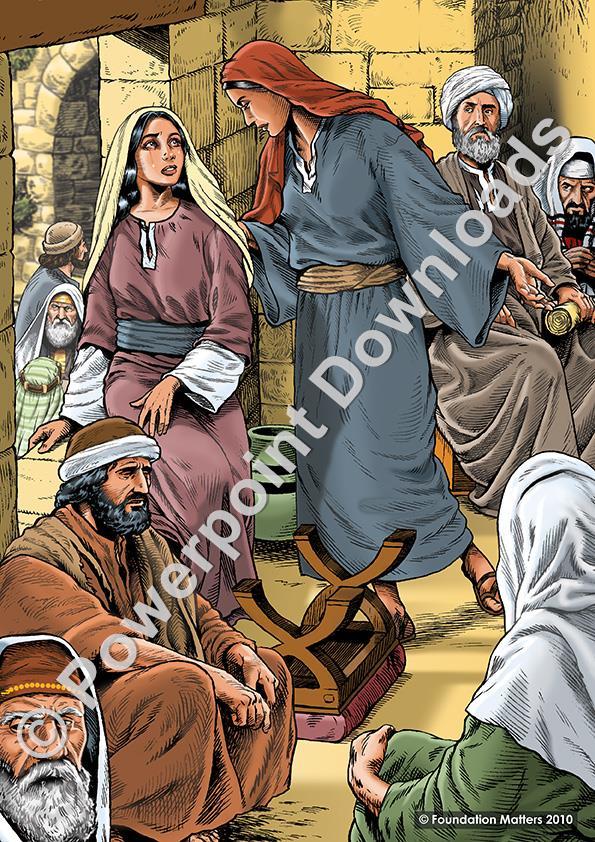

Was their experience with their brother’s miracle a preparation for the belief they would summon as they once again trembled in the place of tombs but the place where Jesus had been laid? On Easter, Mary will come to Jesus’s grave and maybe Martha as well just as they had gone to their brother’s tomb. The simple, unknown man of Bethany died as unknown as he had lived. Lazarus died a lonely one without his friend at his side. Is there symbolism here? Jesus will die an ignominious death, not a glorious one. Like Lazarus, Jesus will rise but on the third day, not the fourth. But he is now key to John’s portentous vision of the events about to happen to Jesus. It is interesting that Lazarus is never mentioned as a disciple or follower of Christ’s. Others join in it is a crowd mixed with eagerness and frightened wonderment. The statements are never solicited by Jesus, but they follow a kind of formula that looks like: Request for miracle + Statement of faith + Action of Jesus = Miracle! At the end, Martha and Mary are most likely the ones untying their brother.


Notice that earlier in the story, it is Martha who makes a profound and courageous statement of faith: “Yes Lord, I am convinced that you are God’s Anointed One, the Son of God…” and adds, “even yet I know that God will give you whatever you ask.” In most, if not all of Jesus’s miracles, a statement of faith is made by either the petitioner for the miracle or a witness. “Untie him and let him go!” So ends the narrative. He prays briefly and then in a loud voice commands Lazarus to come forth.

But Jesus presses on and the disciples walk timidly with him.ĭespite the ever-practical Martha’s protestations about a possible stench, Jesus orders the rock at the opening of the grave to be pulled aside. He weeps as he walks toward the tomb leading onlookers to observe aloud that he loves this person while others say, “If he cured the blind man, could he not have done something to keep this man from dying?” As in all crowds, there are questioners and doubters. Yes, there have been other stories of the raising of the dead, but in this one, Jesus is emotionally and personally part of the dead person’s life and that of the family. Jesus’s ministry begins with a miracle-the wedding at Cana-and ends with this one. James Martin, S.J., calls it “…the supreme miracle” appearing at the end of Jesus’s ministry and, possibly the most powerful story of all. This miracle is the last one Jesus ministers in his life, according to John, the gospel writer who tells the story. Jesus knows Lazarus will be dead if he, Jesus, waits the four days. He stays while Lazarus is dying, calculating, as some theologians think to allow Lazarus to enter Sheol, the afterlife which can only occur four days after death. The mystery is that Jesus chooses to stay two more days before going into Bethany where he will raise Lazarus from the dead. As they wonder where to go and what to do next, a messenger, sent by Mary and Martha, the sisters of Lazarus, brings a message to Jesus: “…the one you love is sick.” Jesus loved Martha, Mary, and Lazarus and would stay at their home occasionally during his travels. They have just been run out of the Temple surroundings and are breathlessly aware that the collusion between the Jewish priestly hierarchy and the Roman leaders is closing in on Jesus. We are traveling two miles east of Jerusalem with Jesus and his disciples.


 0 kommentar(er)
0 kommentar(er)
